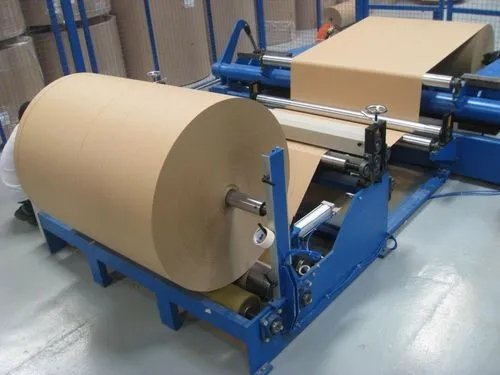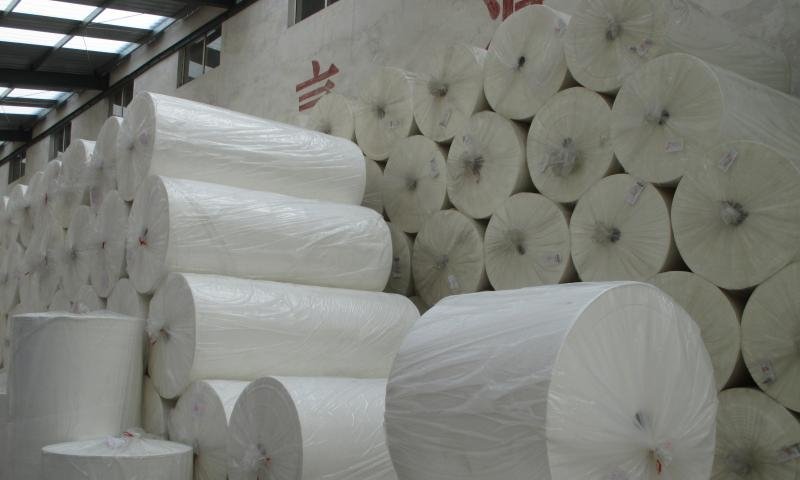
Paper is an important commodity in social life, economic and cultural development, and paper and cardboard are the main products of papermaking. Here first introduce the basic concepts related to paper.

Paper and cardboard are made of fibers (mainly plant fibers) and non-fiber additives (such as sizing materials, fillers, additives, etc.) dispersed and interwoven with water or air and other media, and have a porous network structure. layer material. Through the selection, processing and deployment of fiber raw materials and non-fiber additives, and corresponding processing and manufacturing, a wide variety of paper and cardboard products that meet various purposes can be produced.
The main difference between paper and board is their basis weight and thickness. Quantitative is a professional term in the paper industry, also known as gram weight, which refers to the mass per square meter of paper or cardboard, expressed in g/m. In general, paper with a weight of 225g/m or more is cardboard. In actual production, this boundary is not "one size fits all". For example, products called blotting paper and drawing paper have a quantitative value greater than 225g/m, while some carton boards with a quantitative value of less than 225g/m are included in the cardboard category. Therefore, in the actual division, it should be determined according to the characteristics, uses and industry habits of paper products. However, in order to facilitate international trade and information technology exchanges, in accordance with the recommendations of the International Organization for Standardization (abbreviated as ISO), the quantitative standard for distinguishing paper and cardboard is determined to be 225g/m.

The manufacturing process of paper and paperboard can be divided into two types: wet papermaking and dry papermaking.
Wet papermaking is a traditional papermaking process, which uses water as the medium to disperse, transport and net pulp fibers, and uses the filtration and dehydration of the papermaking net to promote the combination of fibers to form paper sheets and give them strength. Wet papermaking is currently the dominant process in the paper industry.
Dry-laid papermaking is a special papermaking method in which air is used as the carrier of fibers to form a thin layer of fibers on the forming wire, and then bonded with an adhesive to form paper. It differs from traditional papermaking methods in that the fibers are formed into the web without water. Its biggest advantage is that it does not use water and does not produce water and air pollution. However, because there is no binding force between dry fibers, it is necessary to add a binder to bond the fibers into paper, so the cost is higher than that of wet papermaking. At present, dry-laid papermaking is mainly used for the production of some special paper products, such as dust-free paper, etc., and its output only accounts for a small share of the total output of paper and cardboard.
In ancient times, paper was all made by hand. With the invention and use of paper machines in the 19th century, machine-made paper gradually replaced hand-made paper. More than 99% of modern paper is machine-made paper.
With the continuous expansion of the use of paper, the paper produced on the paper machine needs to be processed in a certain way to meet the requirements, such as coating, impregnation, lamination, evaporation and other processing methods, so that some derivatives of paper have appeared. , that is, processed paper.So according to the kinds of the finished product,paper machine could be divided into tissue paper machine,writing&printing culture paper machine and kraft cardboard paper machine.
In order to meet special purposes, there have been papers with special paper effects produced by special raw materials, special manufacturing methods or the use of special chemicals. Such as carbonless copy paper, insulating paper, etc., called special paper. The main characteristics of special paper are strong pertinence and narrow application, and its production or manufacturing involves multidisciplinary knowledge.
